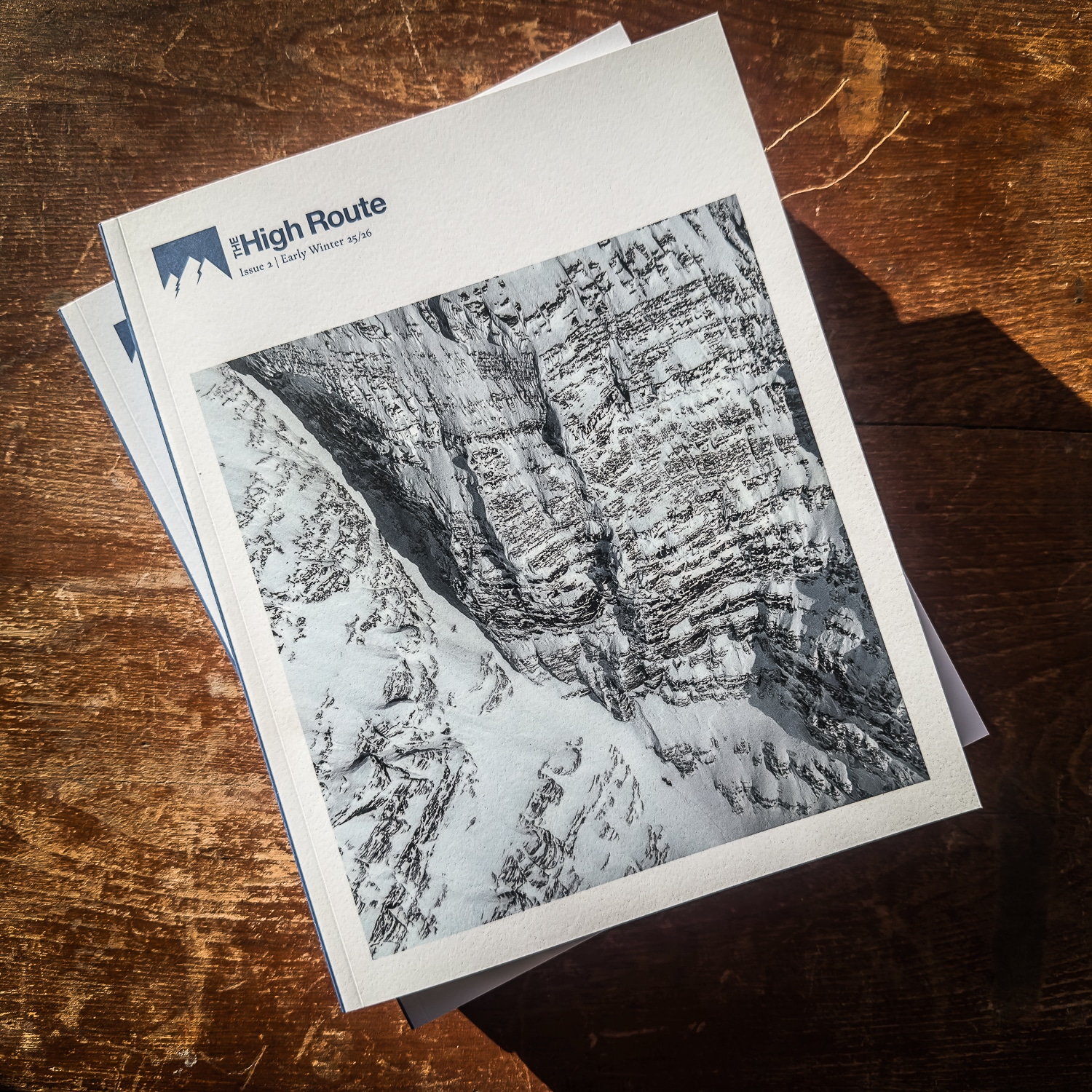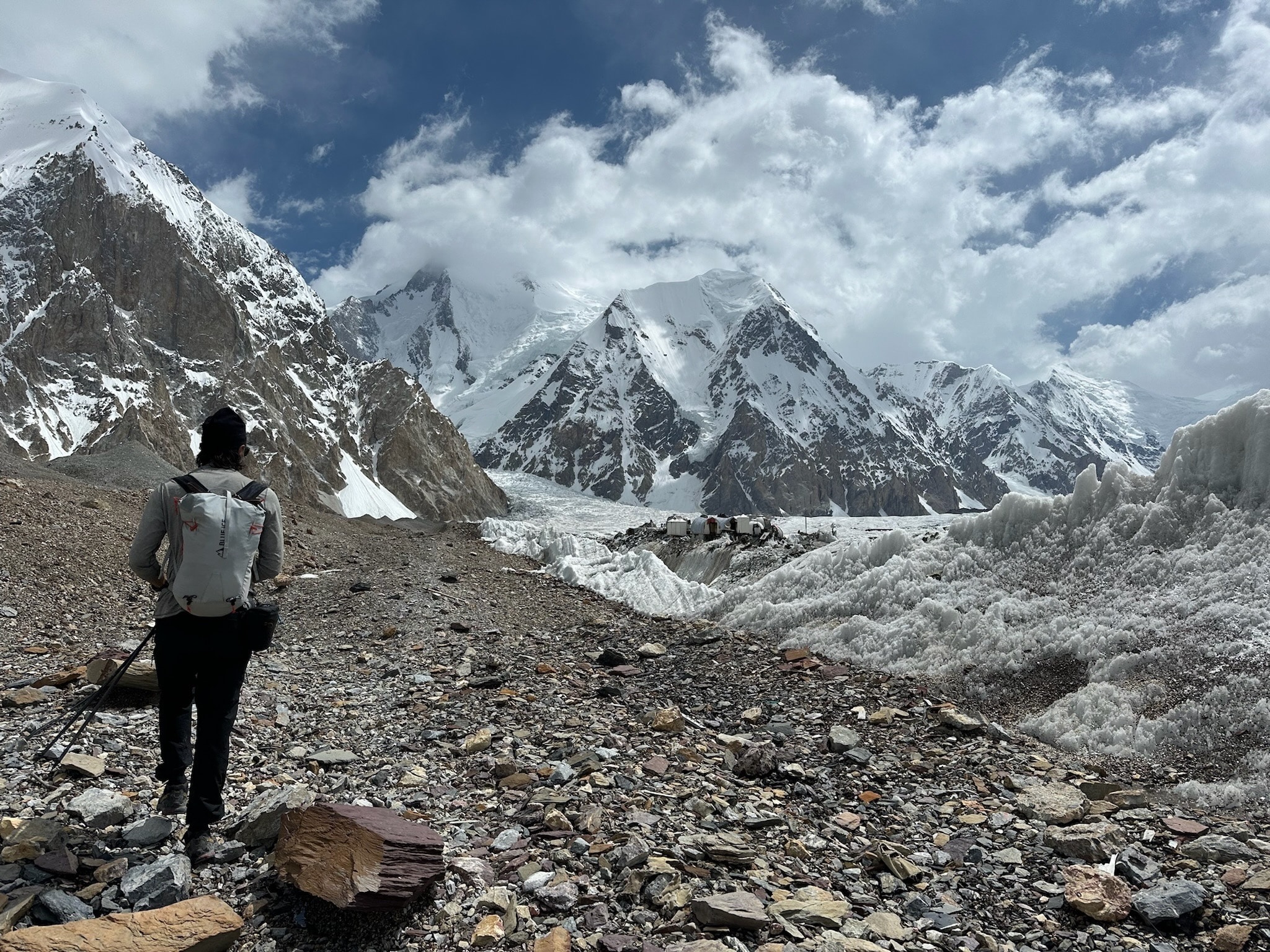This interview has been lightly edited for clarity and length.
The High Route: What exactly does artificial intelligence mean in your snow science community?
Pascal Haegeli: That’s a big question. Over the last two years, at least amidst popular culture, artificial intelligence has really been on the minds of almost everybody in society considering the launch of Chat GTP, etc.
The news around Chat GTP certainly highlighted the power of that technology, or at least large language models, that could change how we work, interact with computers, and affect our daily lives. From a scientific point of view, artificial intelligence didn’t just show up two years ago; it’s been a long development, and there are several different tools that these types of tools can provide us with.
It gives us better tools to look at patterns within large datasets and find complicated relationships between things we observe and things we want to predict.
In the past, relating it directly to snow science, for example, our statistical tools required us to have a very good understanding of the physical processes in the snow to define our prediction models in a way that can represent those prophecies in the best possible way.
These newer machine learning methods and algorithms can find these relationships more independently. This allows those tools to represent more complicated relationships without us having to apply these models or at least specify these models in a very detailed way in the first place. And that allows us to look at larger datasets more quickly and find patterns more easily.
THR: When referring to data sets, can you give us an idea of what that data set looks like? Are the data from several snow pits, for example, on the same slope?
Haegeli: We could think of that data as simple files, for example, where you have detailed records of all the layers, and you’re trying to predict whether there is an unstable layer within this snow profile and where it is located. That’s a fairlycomplicated data set because you have hardness, depth, grain forms, size, and so on. And you’re trying to predict if there is instability within this profile.
So, the predictor we’re looking for is instability—this is a fairly complicated task. We’ve done it routinely with field tests, but if you only have a photo, that would be a much more difficult task. If you want AI predictions based on the profile alone, that is fairly complicated. We can use some of these machine learning algorithms to make that connection. These machine learning algorithms can detect these relationships. That’s an example of a data set like that.
To develop these models, we, in turn, need to have data sets that allow us to train the model to check what that relationship looks like; we need a data set where we know all the profile characteristics as well as the outcome. The outcome, in this case, is the test results. Once the algorithm has learned that relationship, we can apply it to other data sets where we only have profiles, and we can then use a machine learning algorithm to predict whether this profile is stable or not.






Leave a Reply
You must be logged in to post a comment.